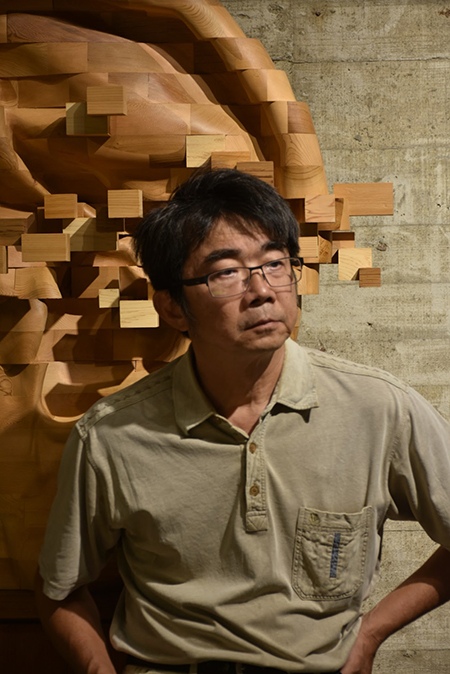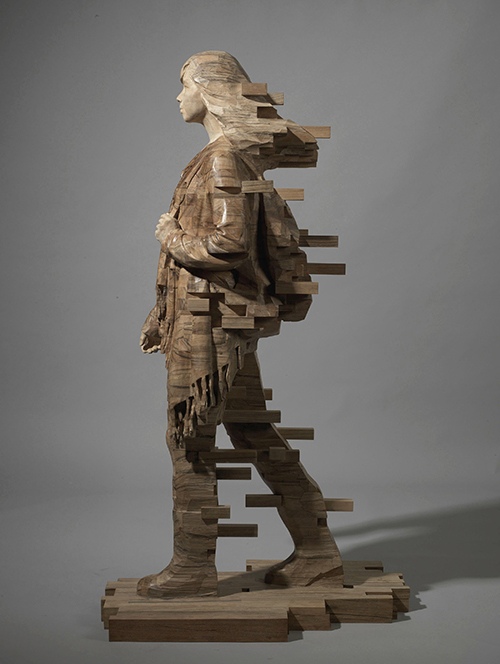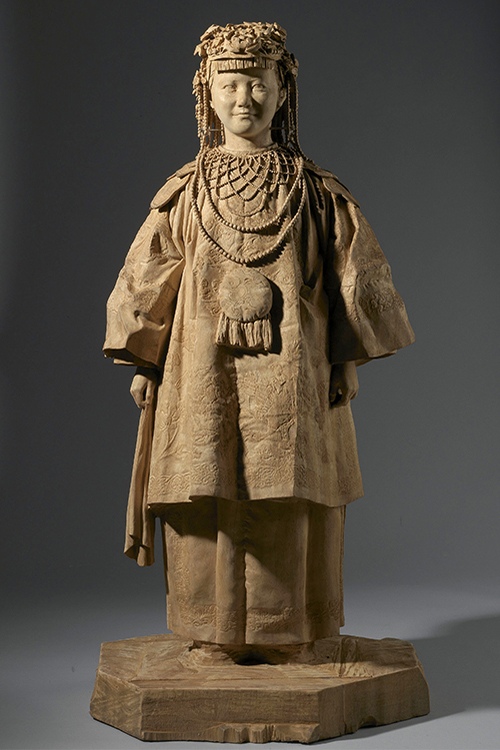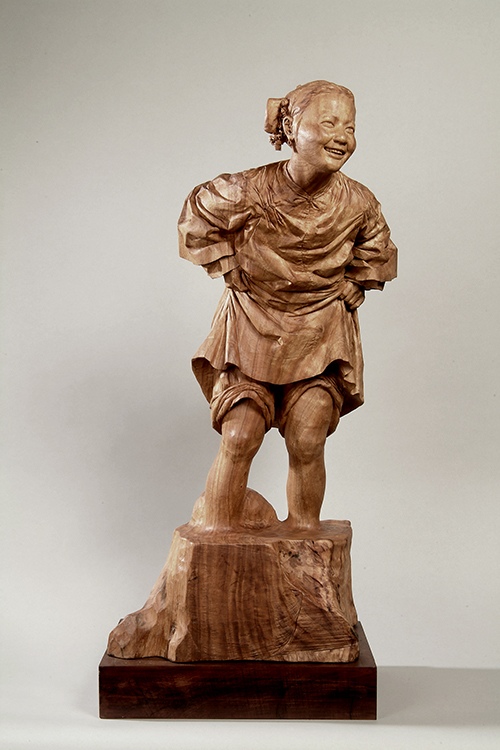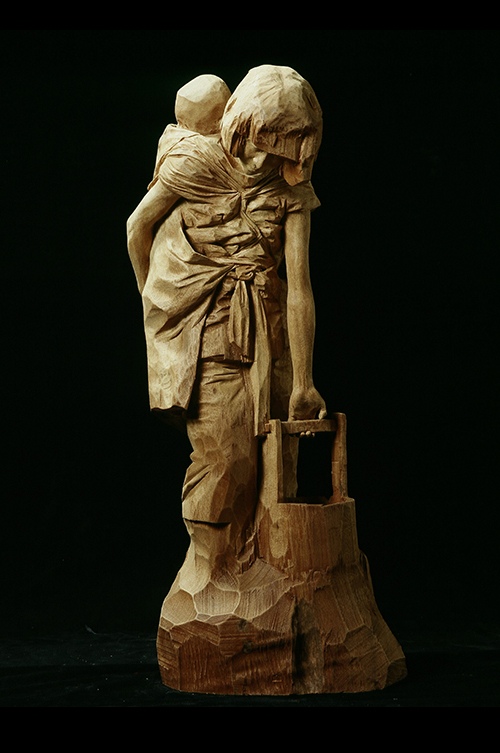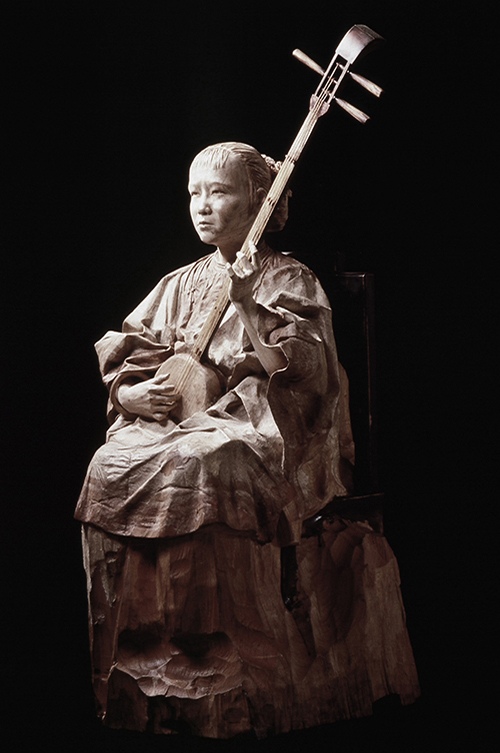The Pixelated Wood Sculptures of Hsu Tung Han
A talented Taiwanese wood carving artist, Hsu Tung Han, is highly regarded and respected in the West. He is known for building wood blocks in complex arrangements and using traditional carving techniques to create vivid and thought-provoking art pieces. Through his artworks, Hsu Tung Han explores how electronic devices affect society — each block represents a pixel; when a device fails, many pixels will appear on the “screen”.
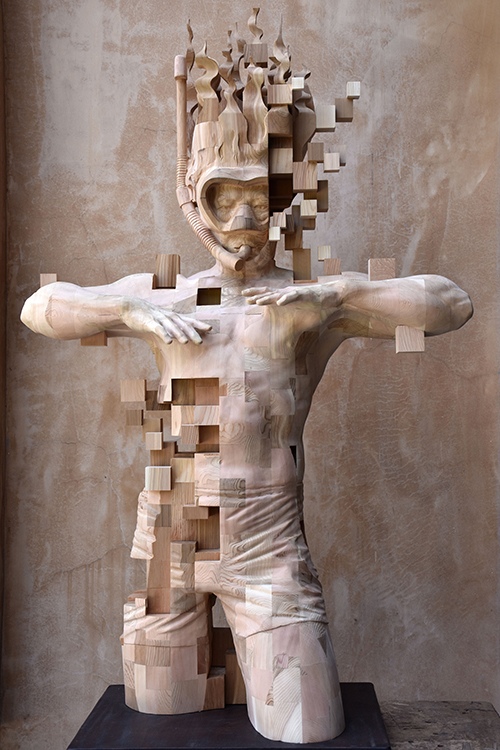
The pixelated element of his wood carvings represents his artistic creation on a high level. Hsu Tung Han’s 20+ years of traditional wood carving experience allows his woodblock carving method to maximize three-dimensional sculpture and adds a flexible and vivid touch; it portrays his undaunting spirit, introspection and raises large scale questions about the direction of human civilization. One of the works, “Catcher ”, is full of vitality and thoroughly expresses the spirit of pixelation. When multiple pixels appear, it suggests life is disintegrating while visual persistence is maintained.
With his superb techniques and innovative ideas, Hsu Tung Han is a leader in today’s woodcarving art world. His works have been exhibited in Taipei, Spain, New York, Seoul, Los Angeles, Paris, Japan, Australia, Vancouver, and other major cities around the world.
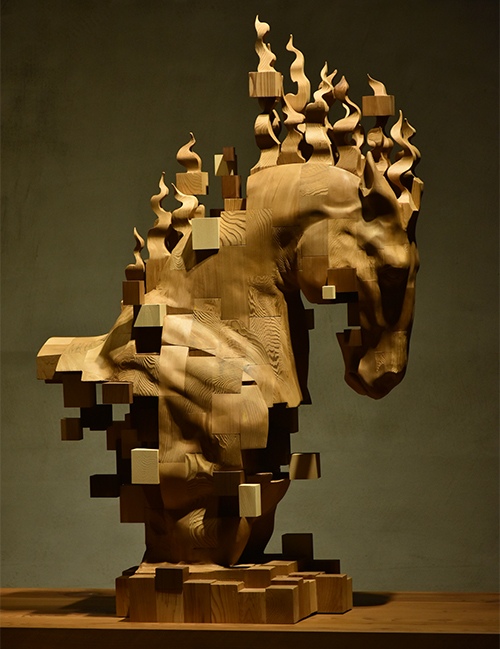
Hsu Tung Han’s love for woodcarving started when he was a teenager. After graduating from high school, he gave up the idea of studying Fine Arts. Instead, he chose to major in Anthropology at National Taiwan University. After graduation, he worked a daytime job to support himself while at night he focused on wood carving. While making detailed sketches for many years he worked on capturing human facial expressions and body structure. Once he was able to put his ideas on paper, he was then ready to begin sculpting.
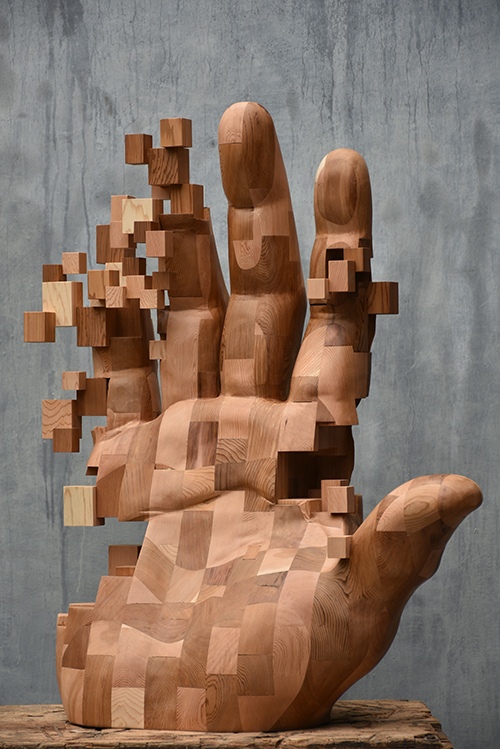
Thirty years ago, when Hsu Tung Han first began down the path of wood carving, he was not supported by his family. However, he insisted on not giving up on his passion. He spent about three and a half years studying wood carvings. Then, in 1991, he held his first exhibition in Taipei, which was well received. The success of this exhibition laid the foundation for his future career in wood carving.
Hsu Tung Han has a compassionate heart towards mankind and keen observation. He portrays common people during chaotic times remarkably true to life. For example, his earlier works focused on people in the late Qing Dynasty. He believes that people at that time deeply influenced our generation because they lived at a time of great change.
Decades later, a large number of people came to Taiwan with the National Government and have faced nearly half a century of displacement and the tragedy of separation from families. In order to make a living, some of them pulled rickshaws, and some performed on the streets. Various ordinary characters from the struggles of recent Chinese history are brought to life again under Hsu Tung Han’s sculpting knives. With the help of his degree in anthropology, Han Xudong’s works have made very powerful interpretations of various aspects of life in that era.
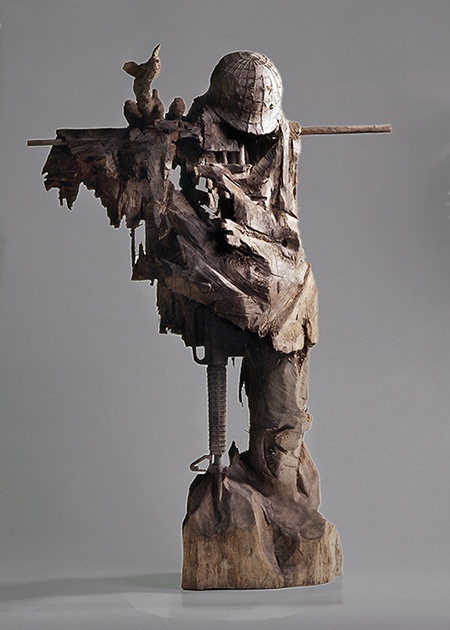
The War series represents Hsu Tung Han’s reflection on and criticism of war. Perhaps because he came from a military family, his delicate carvings express with deep sorrow those unknown soldiers who died on the battlefield. This series of wood sculptures evoke moving emotions that touch many viewers’ hearts.
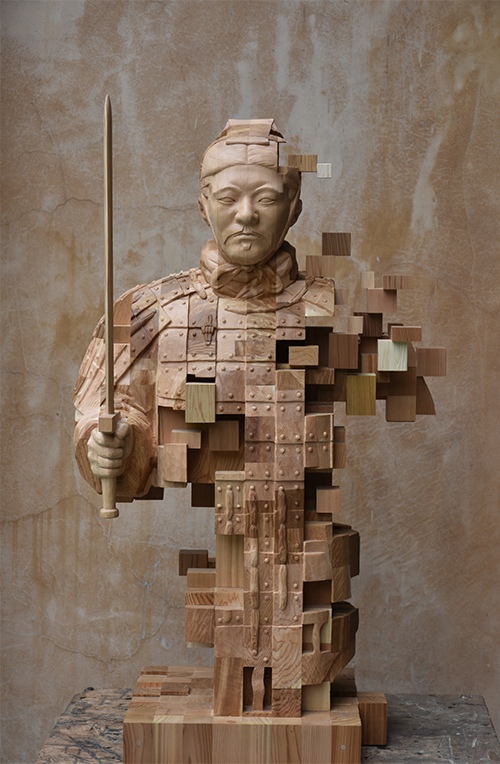
Ten years ago, Hsu Tung Han’s father passed away; that was when he conceived of the pixelation idea. Wanting to use recycled wood, he began to use wooden blocks to carve his sculptures. In the beginning, he encountered many challenges ranging from the selection of wood, cutting, and choosing the proper glue. Now, he is studying how to add motors to his sculptures to add a kinetic dimension to his works. However, that is still in its experimental stage and the works have not yet been publicly exhibited.
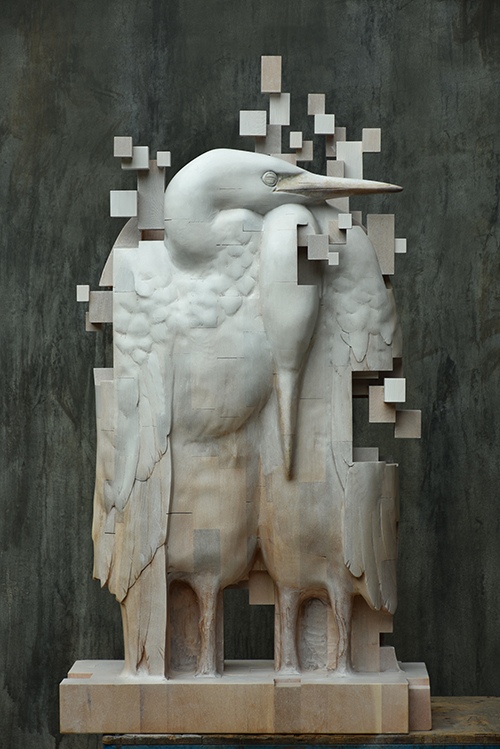
On his journey as an artist, Hsu Tung Han refuses to compromise. He does not take orders nor does he chase trends. By sticking to his ideals, Hsu Tung Han has been able to create a world of success. He does not hide his techniques and shares his experience on social media. In this way, he believes he can help other people to learn to carve, reduce frustration, and save time; he hopes that young people develop their own vision and long-term goals instead of just pursuing quick success and transient enjoyment.
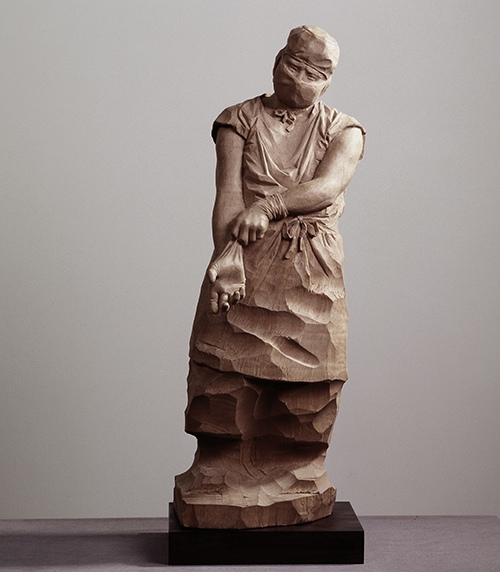
As Hsu Tung Han says, his generation is an embarrassing one. He received traditional Chinese education since he was a child, but with the changes of the times and culture, many thoughts and concepts in society have also changed. When he was young, faced with these changes, he was at a loss as to what to do. At that time, his sculptures were mostly mocking and criticizing. As he grew older, he learned how to adapt. From the rebellion in his youth to accepting reality with ease as an older man, Hsu Tung Han has carved out a wonderful life for himself.
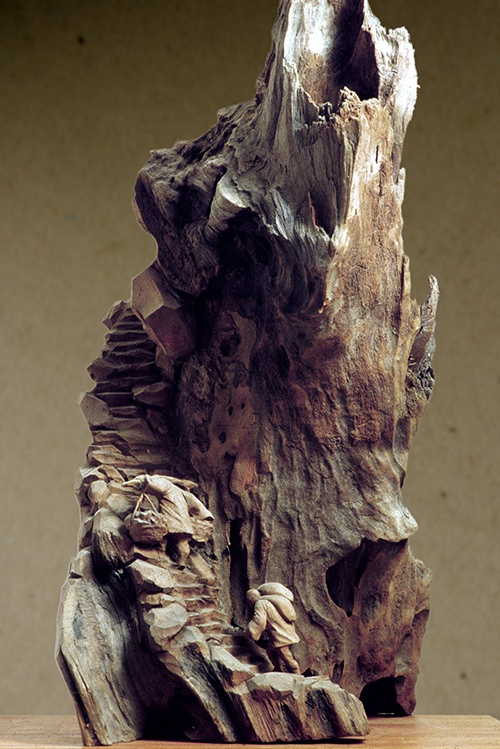
Hsu Tung Han’s Instagram
